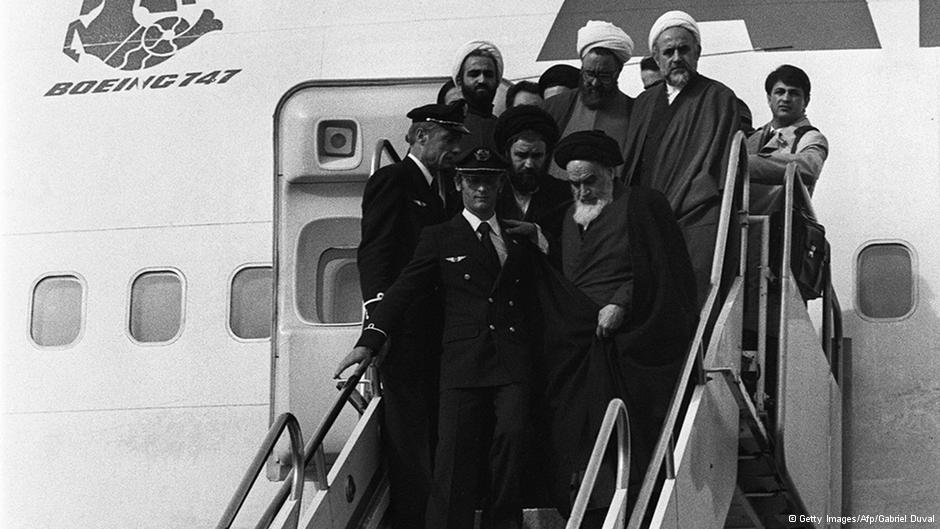By MR Lalu
The Hijab rumpus never ends. Massive protests in the Iranian streets did not make any ripples in India. Almost forty days after the death of 22-year-old Mahsa Ahmini, a young lady alleged to have refuted Iran’s strict laws, its Islamic administration could not contain the protest of the common people, especially women. The only demand of the revolting women is the country’s emancipation from the clutches of radical Islamic structure and the first move that they did to register their protest was to remove the compulsory headscarf and trim their hair. An outcry for freedom in a country that believes in patriarchal authoritarianism invariably supported by a powerful religious clergy was met with an iron fist. The police intervention to quell the public outrage killed more than 250 people across Iran. The magnitude of the intense protest could successfully hijack the state TV during the speech by the country’s supreme leader replacing it with the images of the women who have been killed by police brutality.
The intensity of emotions that the country is rattled with is unparalleled and cries for ‘women, life, and freedom’ became a usual affair for the Islamic state. Is this just the beginning? The image of young women chopping off their hair comes as a symbol of greater resilience and an aspirational resistance against the patriarchy that throws them into relentless suffering and persecution and suppression. The Islamic morality police and its intervention in people’s lives seem to have gone beyond an acceptable limit. India did not debate this important development of Iran. There is a visible reluctance in our country to bring the topic for a sensible discussion. Everybody is conveniently silent on the impact of Islamic radicalization and a revolution seeking progress and liberation in a country that considers women as veiled creatures. Amini is a symbol and the Iranian outrage is a message that the world should be cognizant of. With its reach in essence and practice across the globe, the world’s second-largest religion poses certain significant questions when its rigidity becomes abhorrent and dishonest. The first one is, how long any administration would fight back against human aggression against the spiritual madness of religions. Will clamping down on the internet and clashing with the outrageous public cure the real malady that society is infested with? Why are some religions unable to bring credible, viable, and visible humanitarian amendments to their religious ethos? How long should the world suffer these unprincipled ways of patriarchal interventions?
India’s hesitation to debate the Iranian stalemate needs to be seen as the result of its secular compulsions. The split verdict on the hijab controversy has added to the confusion. Sloganeering and unrepressed gatherings in the Indian streets have disappeared temporarily since the perpetrators of the controversy, the Popular Front of India (PFI), has been under the scanner of the National Investigation Agency (NIA) and a nationwide crackdown on the outfit on issues that concerned the country’s internal security. And of course, a predictable silence on the Iranian uprising against the clergy is mostly because we have the same subject which is controversial from a different angle. India witnessed a well-calibrated protest in favour of the Hijab but the Iranian outrage is exactly against the hijab imposition; it is for the liberation from the suffocation of a veil that the religion made mandatory. The veil, indeed, is a reminder of the hegemony of the religious patriarchy that celebrates the suppression of the feminine considered to be preordained by the divine, therefore treated as holy and obligatory. Modesty laws enforced to the extent of persecution began to bring bubbles of repercussions in Iran. India being a democracy is yet to march in the direction of such extremist interventions. This is mainly due to the religious diversity that India managed to maintain with its significant majority and the majority in India not only advocates but also practices secularism. But we cannot deny the fact that the history of India tells us tales of intolerance in localities where religious radicalism flourished. Unrest, anger, and outrage against other religions in areas where Islamic beliefs consolidated and disruptions amounting to rioting often disturb India’s social fabric even today. For the sake of ornamenting a secular democratic republic with religious amity, it is unjustifiable to stay in denial of reality.
Essentially, the aggression in Iran is a frantic pursuit of a significant chunk of its populace seeking a new secular beginning for the country; a change that the clergy would fight to quash by all possible means. India’s hijab conundrum seems to be progressing in the opposite direction, compelling the secular framework of the country to snail-pace towards a ‘religious’ republic. In Iran, the government’s retaliation against the protesters is a possible effort to establish its control over the society and retain a complete patriarchal dominance. India’s hijab battle is also indicating the same spirit of male dominance. But the difference is that the religious clergy in India managed to convince the Muslim women for a political reason that they encouraged them to stand united irrespective of the discomfort in the veil, just for the sake of challenging the administrative reforms of a party that they count as majoritarian. Unlike Iran, the clash in India is not between the patriarchy and the suppressed womenfolk. While a religious leader with an extremely hard-line approach is acting against the revolting crowd in Iran, India’s secular identity with its democratic structure has so far managed to barricade such hard-line ideas from being spread.
A recent poll reveals that more than 60% of Iranians want a non-religious state. An unquestionable thirst for democracy and freedom began to accelerate the movement in Iran. For India, its secular values always act as a platform for its people to cherish freedom in every sphere of life. But religious fundamentalism loaded with patriarchal sensitivities has despicably managed to gain the attention and sympathy of the liberals and a section of the media in India with an insidiously imposed narrative such as the right to carry out religious dressing in schools and workplaces. The message that the Iranian public outrage passes would take time to sink in a beguiled society such as ours as India’s secular freak show has collapsed its cognitive abilities and its outlandishness seems to be dancing in tune with its pathological condition of secularism. (The author is a freelance journalist/social worker & can be reached at mrlalu30@gmail.com)







